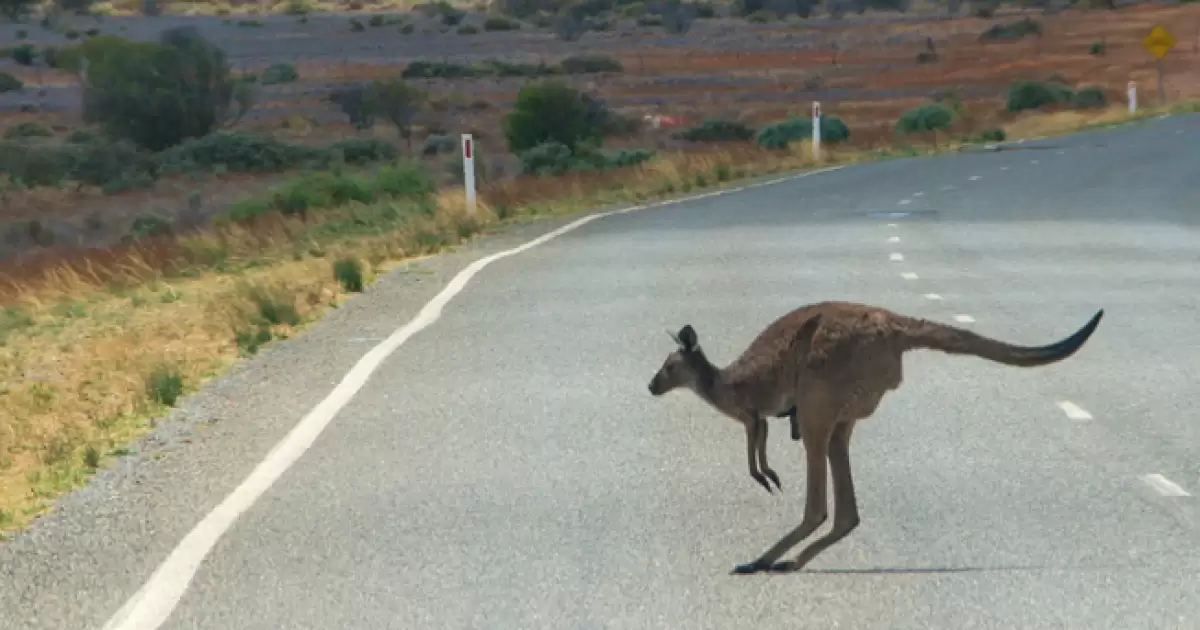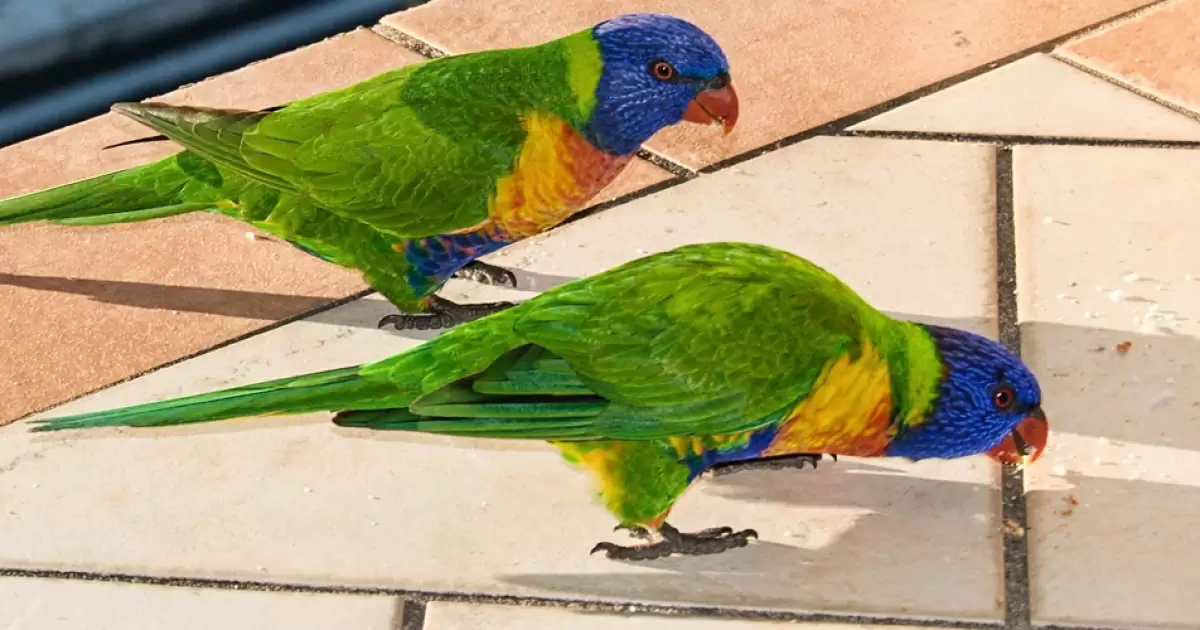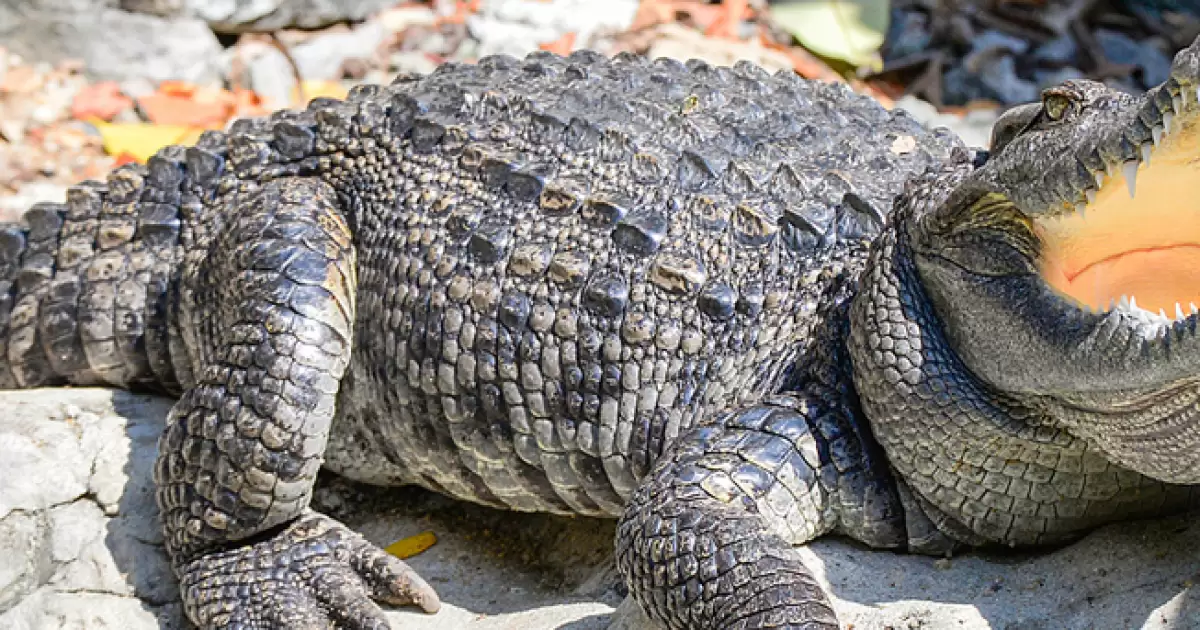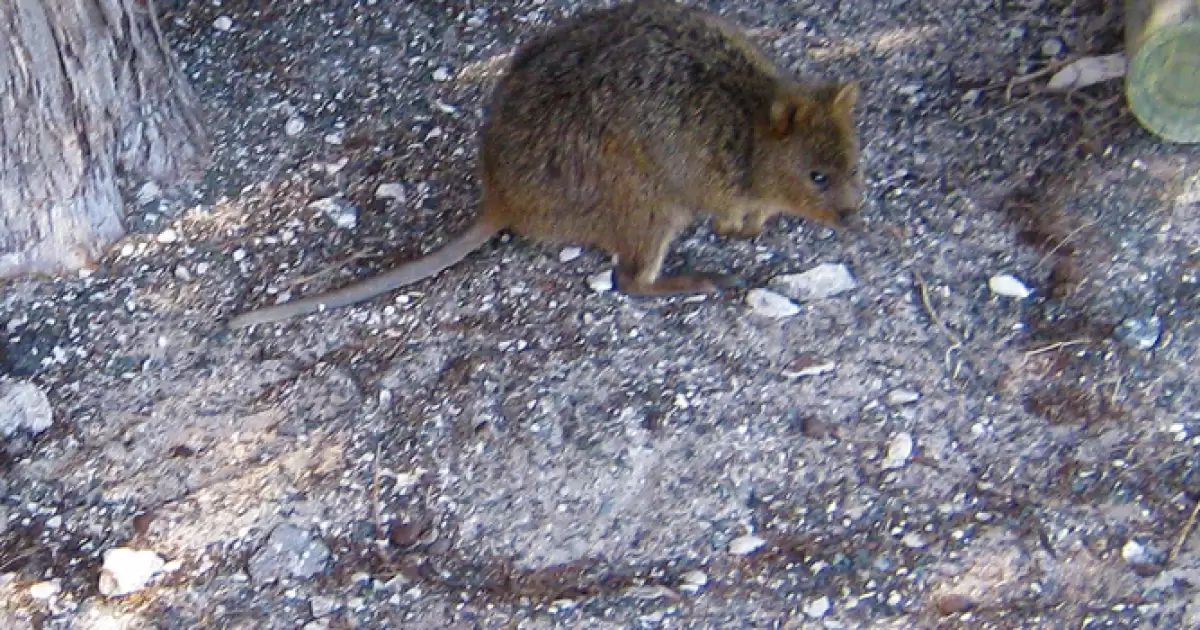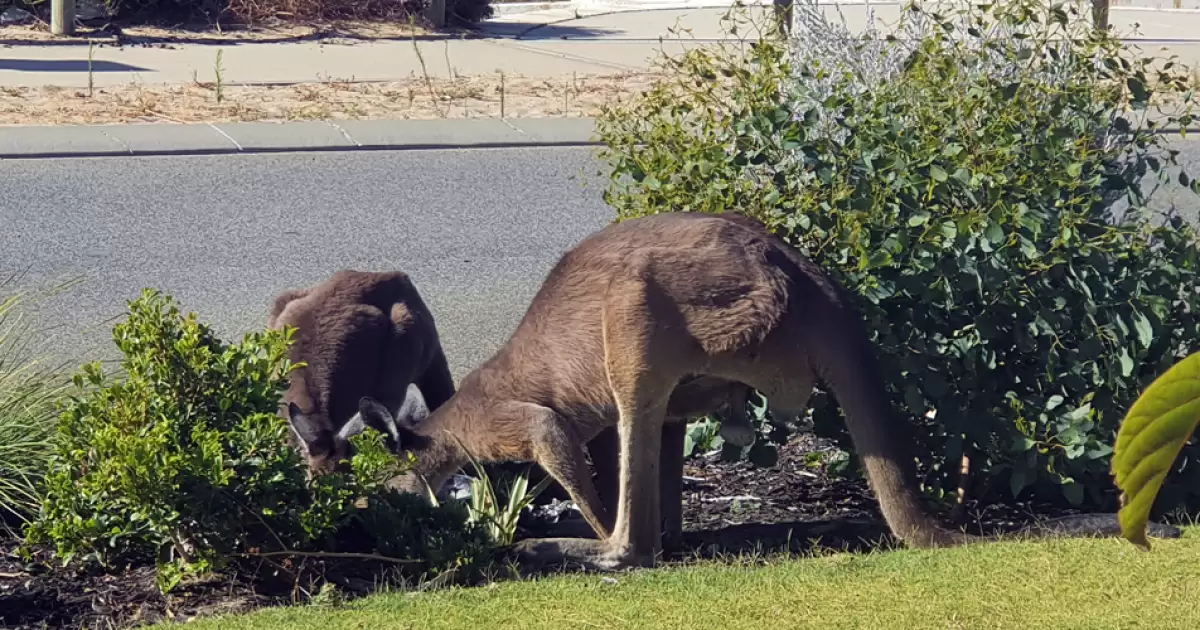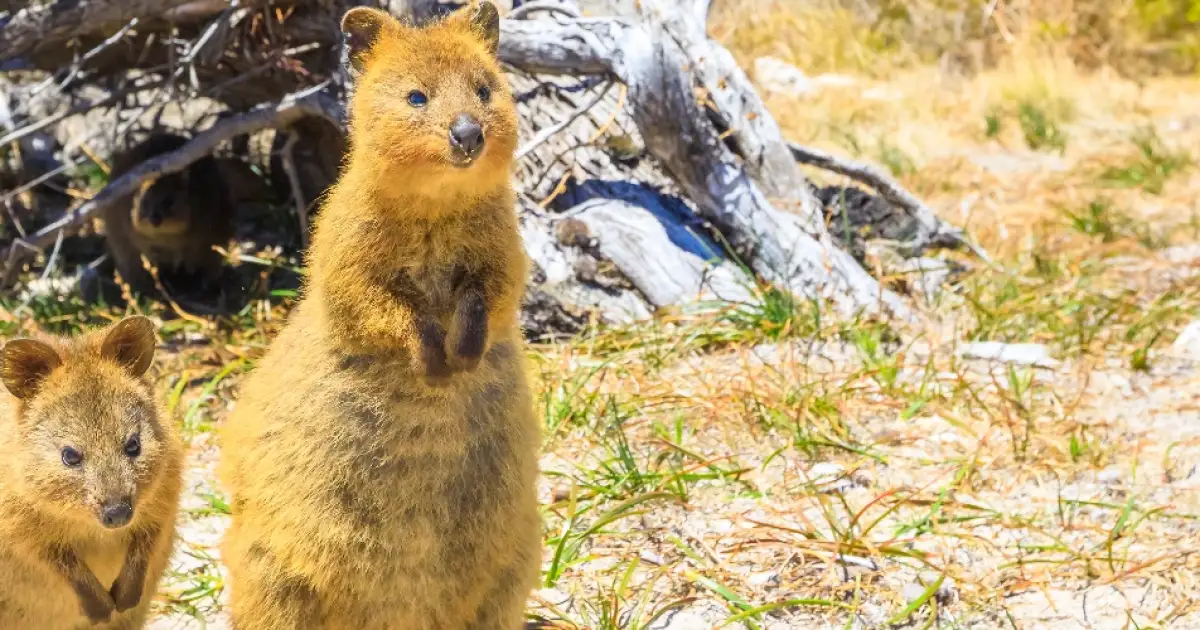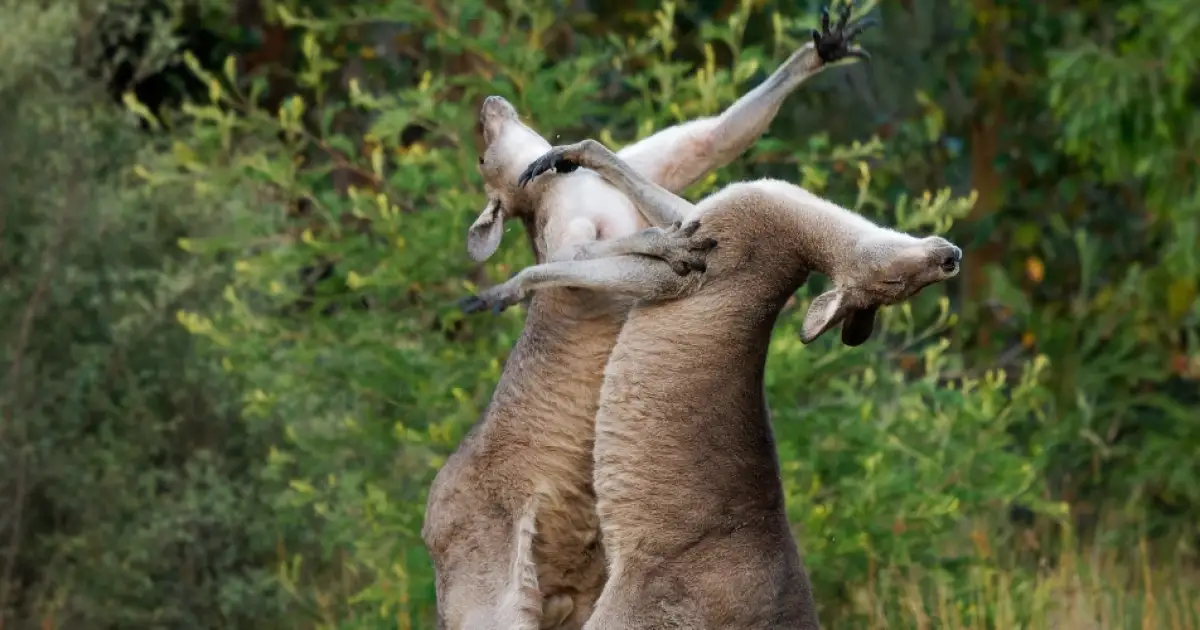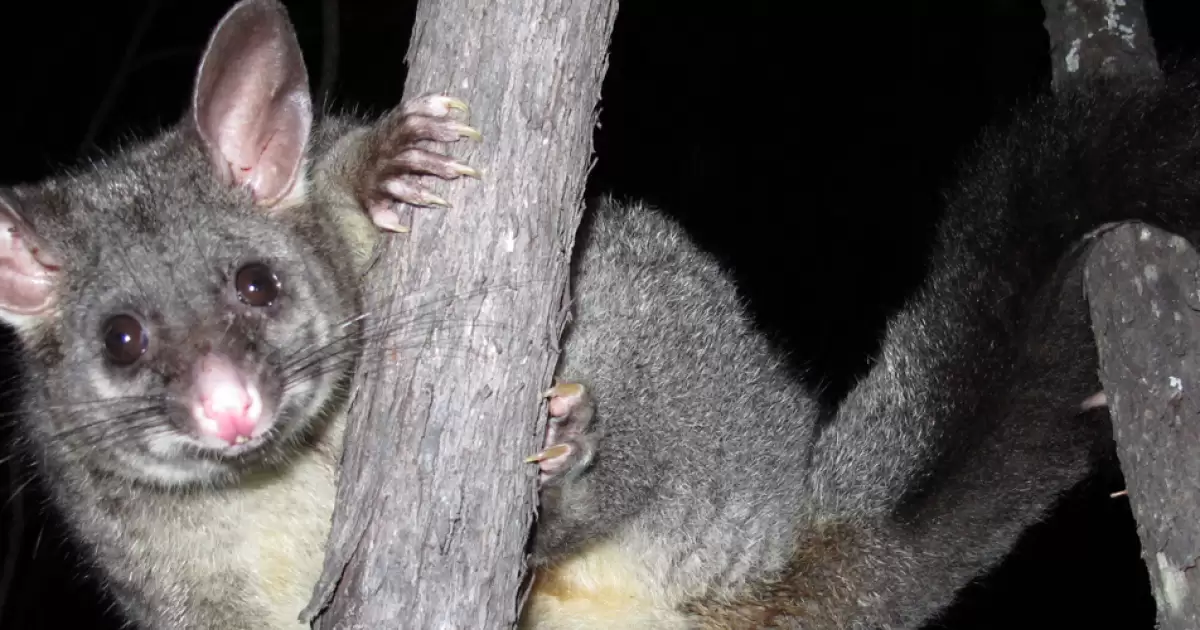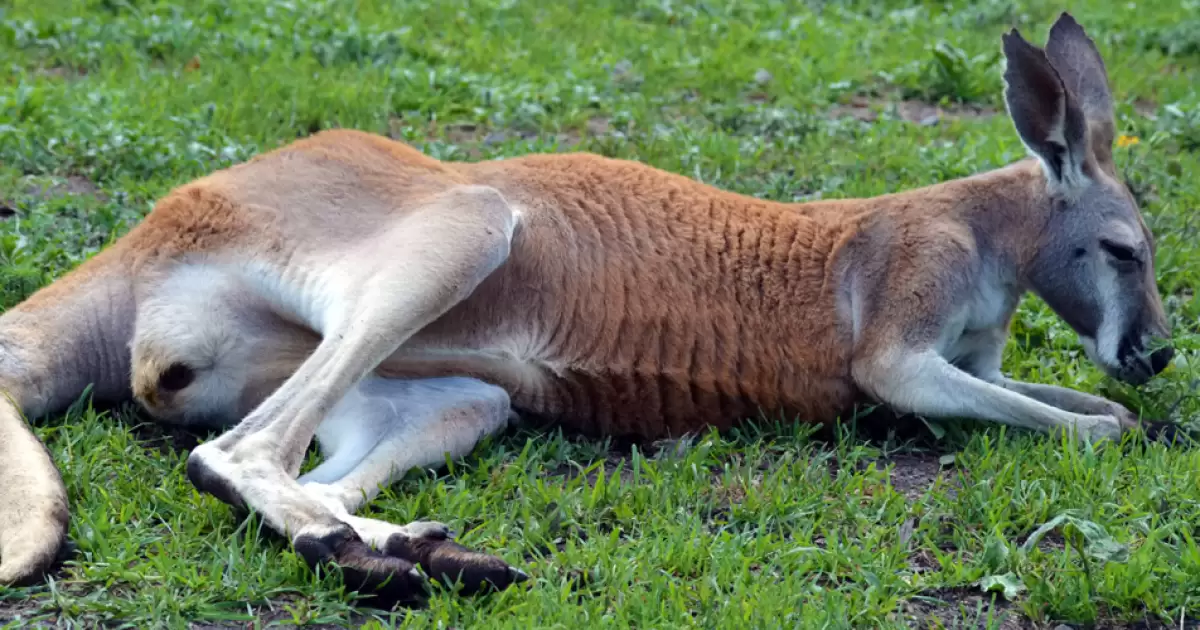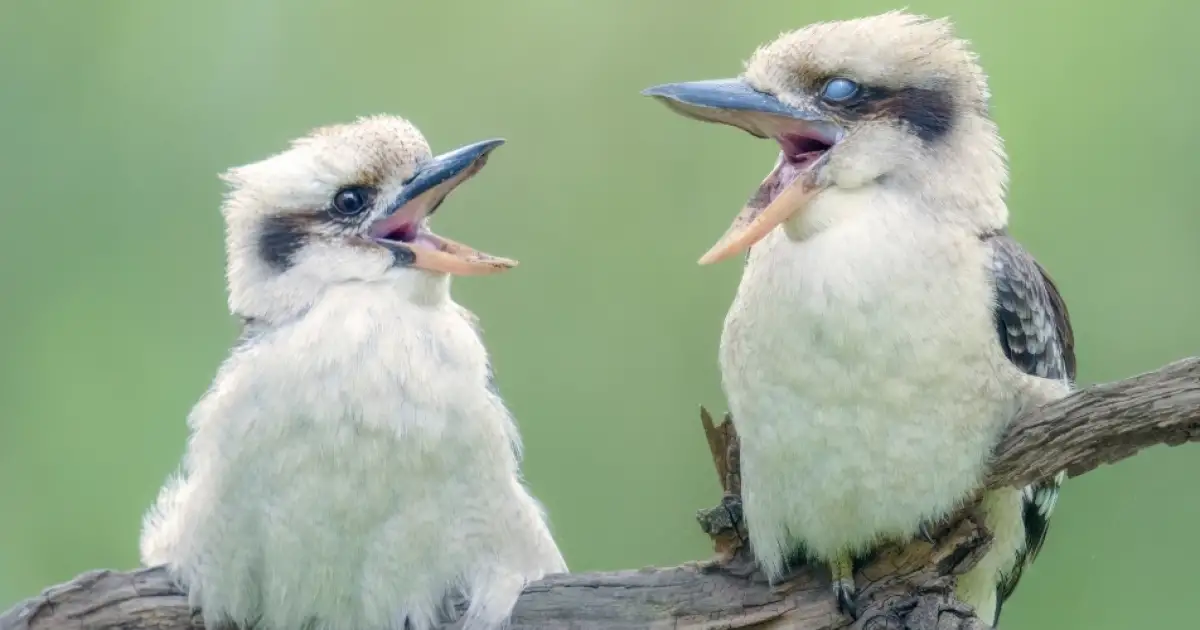Australia’s unique wildlife never fails to amaze, and spotting kangaroos in the wild is always a treat. But when it comes to observing male kangaroos, or "boomers," during a fight, things can get a bit intense. These confrontations, while fascinating, call for cautious observation and a good understanding of their behaviour.
What to Do When You Encounter Fighting Kangaroos
Seeing two boomers battle it out can be quite the spectacle, but your safety should always come first. If you stumble upon a kangaroo fight, here’s what you should do:
- Keep Your Distance: Male kangaroos in combat can be aggressive. Watch from at least 20-30 metres away to avoid any risk of injury.
- Don’t Intervene: While it may be tempting to break up the fight, it’s safer to allow the kangaroos to resolve their conflict naturally.
- Seek Shelter: If you’re outdoors, find a safe location, such as inside a building or vehicle.
- Secure Pets and Children: Make sure kids and pets are safely away from the scene to prevent potential harm.
- Contact Authorities: If the situation seems unsafe or the kangaroos aren’t leaving your property, call your local wildlife rescue or animal control for assistance.
Why Do Kangaroos Fight?
Kangaroo fights are a natural part of their lives and social structure. Here are some of the main reasons boomers engage in combat:
- Dominance: These fights often determine the group hierarchy. The stronger male gains priority access to resources, including food and watering spots.
- Mating Rights: During breeding seasons, combat helps establish mating dominance. Female kangaroos, or “flyers,” are selective about their mates, and winning a fight can make the difference.
- Territory: While kangaroos are mostly nomadic, disputes over preferred grazing areas or water sources can lead to scuffles.
These behaviours may seem aggressive, but they play an essential role in kangaroo society, helping maintain balance within their groups, known as “mobs.”
Understanding Kangaroo Fighting Techniques
When two boomers face off, their moves are as strategic as they are powerful. Here’s what typically happens during one of these bouts:
- Boxing: Kangaroos use their strong forelimbs to grab, punch, and hold their opponent.
- Kicking: Their hind legs deliver powerful, high-impact kicks, all balanced by their muscular tails.
- Wrestling: Grappling with their forelimbs, kangaroos attempt to push each other off balance.
- Balanced Power: Leaning back onto their tails offers leverage for delivering strikes while staying upright.
What to Do If You’re Caught in the Crossfire
Sometimes, an accidental encounter can put you too close for comfort. If you find yourself amidst fighting kangaroos, follow these steps:
- Stay Calm: Panicking could make the situation worse.
- Protect Yourself: Use your arms to shield your head and face.
- Avoid Sudden Movements: Move slowly and carefully to avoid provoking further aggression.
- Call for Help: If possible, alert nearby individuals or authorities for assistance.
- Seek Medical Attention: Any injuries, even minor ones, should be checked by a healthcare professional.
Why Feeding Kangaroos Can Be Risky
Feeding wild kangaroos may seem harmless, but it’s generally not advisable. Here’s why:
- Dietary Needs: Kangaroos have specific nutritional requirements, and human food can disrupt their natural diet.
- Dependency: Feeding can make kangaroos reliant on humans, affecting their natural foraging behaviour.
- Aggression: Hand-fed kangaroos can become demanding or aggressive, posing a potential risk to people.
Safe Kangaroo Observation Tips
Kangaroos are iconic Australian wildlife and observing them in their natural habitat can be a rewarding experience. Follow these tips to ensure safe and responsible viewing:
- Use binoculars to get a closer look without intruding.
- Stay quiet and avoid sudden movements that could startle them.
- Maintain a 20-30 metre distance, giving them space to behave naturally.
- Watch from a vehicle if possible, for added safety.
- Plan your observation during early morning or late afternoon when kangaroos are most active.
- Respect their habitat and avoid getting too close to feed or resting areas.
Closing Thoughts
Encountering kangaroos, especially during a fight, offers a unique glimpse into their fascinating social behaviours. While these scenes are a natural part of their lives, safety and respect for their space should always come first. By maintaining a safe distance and observing responsibly, you can enjoy their beauty and power without putting yourself or the kangaroos at risk.
For anyone passionate about wildlife, staying informed about kangaroo behaviour is key to appreciating and coexisting with these iconic creatures. Share your experiences or insights with The Dawesy Hub community and celebrate the remarkable wildlife that makes Australia so special.

